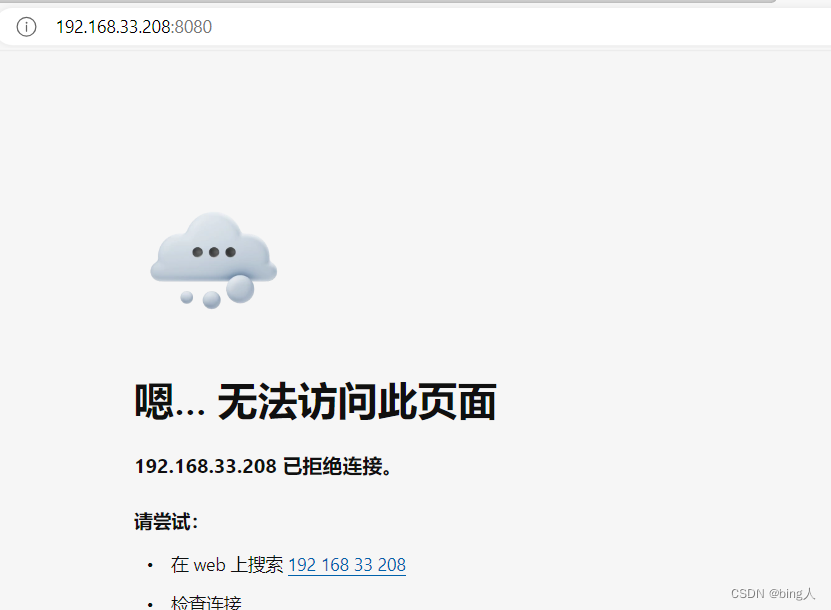枚举
基础概念:
枚举(Enum)是一种用户定义的数据类型,用于定义一个有限集合的命名常量。在C++中,枚举类型可以通过关键字enum来定义。
下面是一个简单的枚举类型的定义示例:
#include <iostream>enum Color {RED,GREEN,BLUE };int main() {Color c = RED;if(c == RED) {std::cout << "The color is red" << std::endl;} else if(c == GREEN) {std::cout << "The color is green" << std::endl;} else if(c == BLUE) {std::cout << "The color is blue" << std::endl;}return 0; }在上面的示例中,我们定义了一个枚举类型Color,其中包含了三个枚举常量RED、GREEN和BLUE。在main函数中,我们声明了一个Color类型的变量c,并将其赋值为RED。然后通过if语句来判断c的值,并输出相应的颜色信息。
枚举类型的常量默认从0开始递增,也可以手动指定初始值,例如:
enum Fruit {APPLE = 1,ORANGE,BANANA };在这个示例中,APPLE的值为1,ORANGE的值为2,BANANA的值为3。
枚举类型的常量可以直接通过枚举类型名访问,也可以通过枚举类型名加作用域解析运算符::来访问,例如:
Color c = Color::RED;
练习1:特别数的和
1.特别数的和 - 蓝桥云课 (lanqiao.cn)
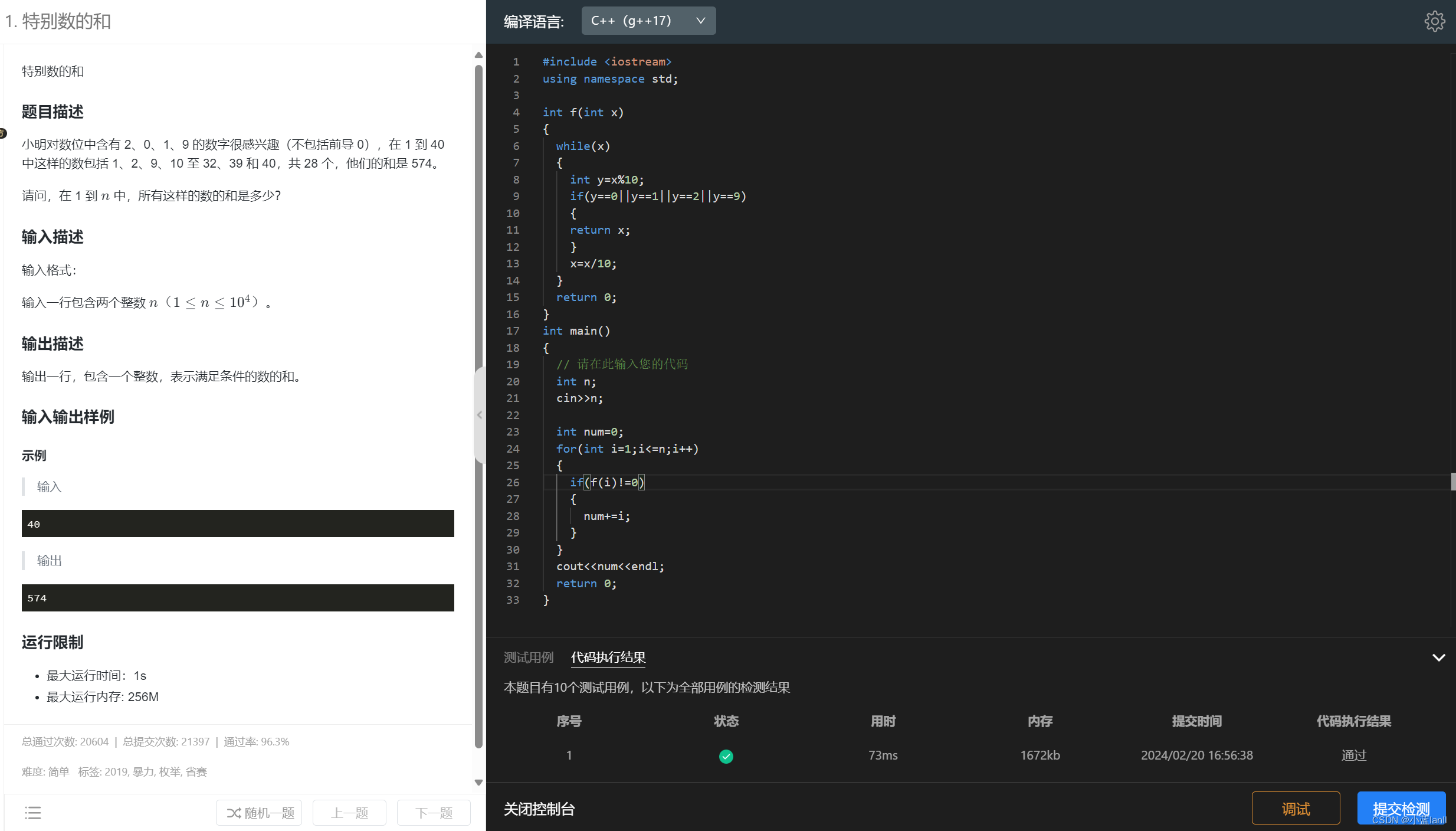
解析:
```cpp
#include <iostream>
using namespace std;// 定义一个函数f,用于判断一个整数是否包含数字0、1、2、9
int f(int x)
{while(x){int y=x%10; // 取出x的个位数if(y==0||y==1||y==2||y==9) // 判断个位数是否为0、1、2、9{return x; // 如果包含0、1、2、9,返回原整数x}x=x/10; // 去掉x的个位数,继续判断下一位}return 0; // 如果x不包含0、1、2、9,返回0
}int main()
{int n;cin>>n; // 输入一个整数nint num=0;for(int i=1;i<=n;i++){if(f(i)!=0) // 调用函数f判断i是否包含0、1、2、9{num+=i; // 如果包含,则将i加到num中}}cout<<num<<endl; // 输出结果numreturn 0;
}
练习2:反倍数
1.反倍数 - 蓝桥云课 (lanqiao.cn)
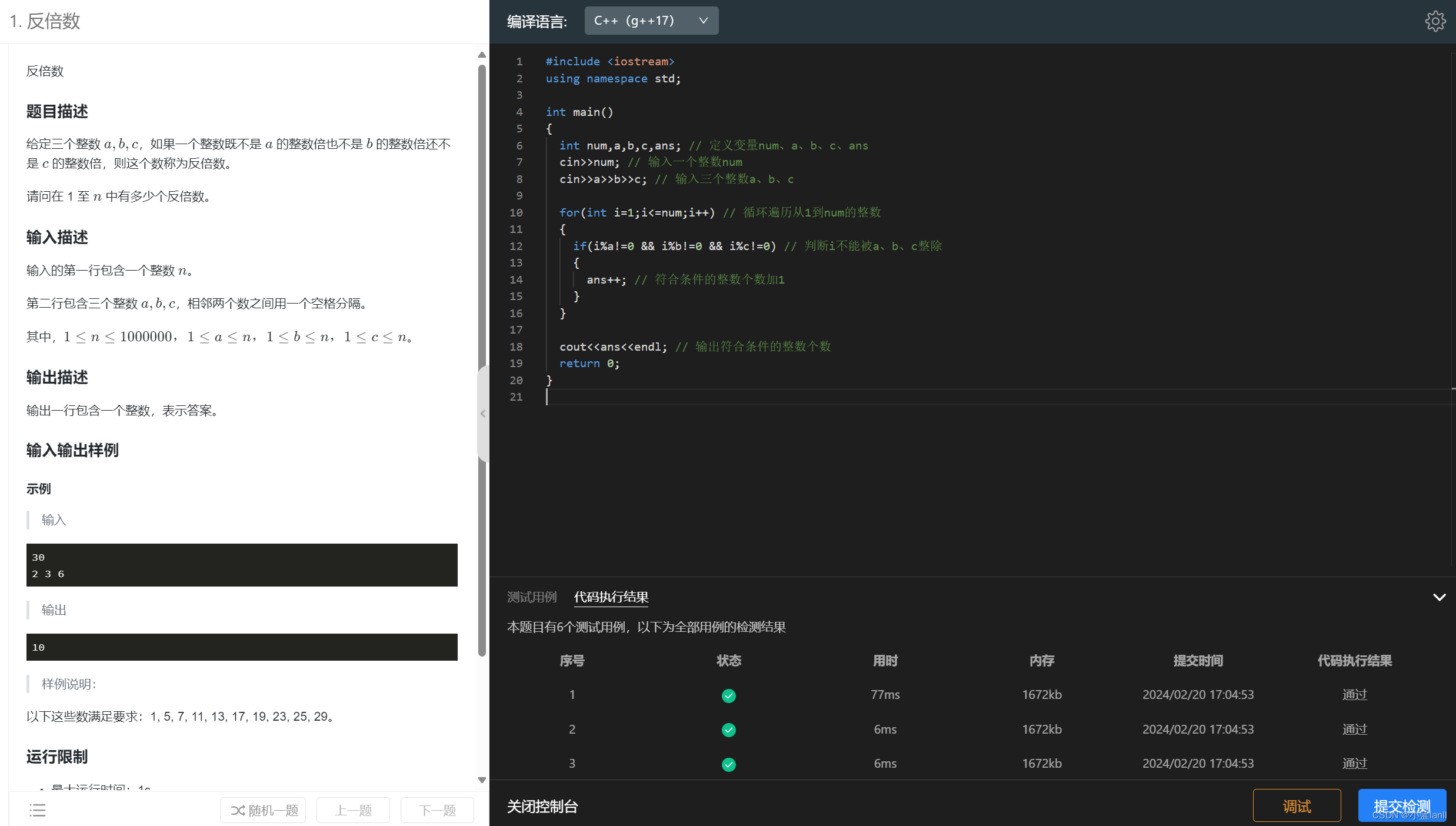
练习3:找到最多的数
1.找到最多的数 - 蓝桥云课 (lanqiao.cn)
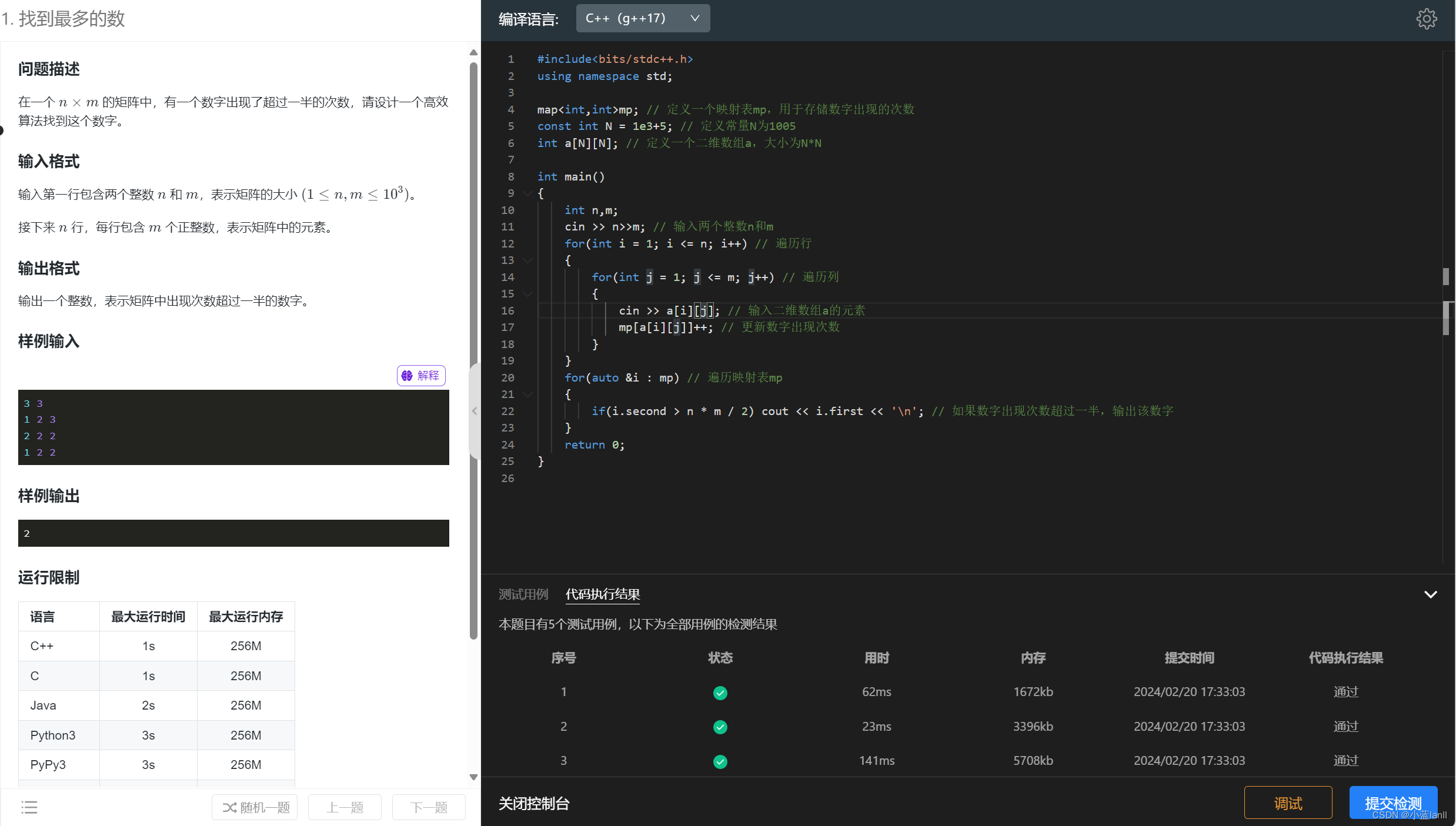
双指针
基础概念:
双指针算法是一种常用的解决问题的技巧,主要用于在数组或链表中寻找一些特定的结构。双指针算法通常有两种类型:快慢指针和左右指针。下面分别介绍这两种类型的双指针算法。
- 快慢指针: 快慢指针算法通常用于解决链表中的问题,例如判断链表是否有环、找到链表的中间节点等。
示例代码:
#include <iostream> using namespace std;struct ListNode {int val;ListNode* next;ListNode(int x) : val(x), next(NULL) {} };bool hasCycle(ListNode* head) {ListNode* slow = head;ListNode* fast = head;while (fast != NULL && fast->next != NULL) {slow = slow->next;fast = fast->next->next;if (slow == fast) {return true; // 链表中存在环}}return false; // 链表中不存在环 }int main() {// 创建一个有环的链表ListNode* head = new ListNode(3);head->next = new ListNode(2);head->next->next = new ListNode(0);head->next->next->next = new ListNode(-4);head->next->next->next->next = head->next; // 使链表形成环cout << hasCycle(head) << endl; // 输出1,表示链表中存在环return 0; }
- 左右指针: 左右指针算法通常用于解决数组中的问题,例如在有序数组中寻找两个数使它们的和等于目标值等。
示例代码:
#include <iostream> #include <vector> using namespace std;vector<int> twoSum(vector<int>& numbers, int target) {int left = 0;int right = numbers.size() - 1;while (left < right) {int sum = numbers[left] + numbers[right];if (sum == target) {return {left + 1, right + 1}; // 返回找到的两个数的下标(从1开始)} else if (sum < target) {left++;} else {right--;}}return {}; // 没有找到符合条件的两个数 }int main() {vector<int> numbers = {2, 7, 11, 15};int target = 9;vector<int> result = twoSum(numbers, target);for (int num : result) {cout << num << " ";}return 0; }以上是双指针算法的两种常见类型及其示例代码。双指针算法通常能够在O(n)的时间复杂度内解决问题,是解决一些数组和链表相关问题的高效方法。
练习1:回文判定
1.回文判定 - 蓝桥云课 (lanqiao.cn)
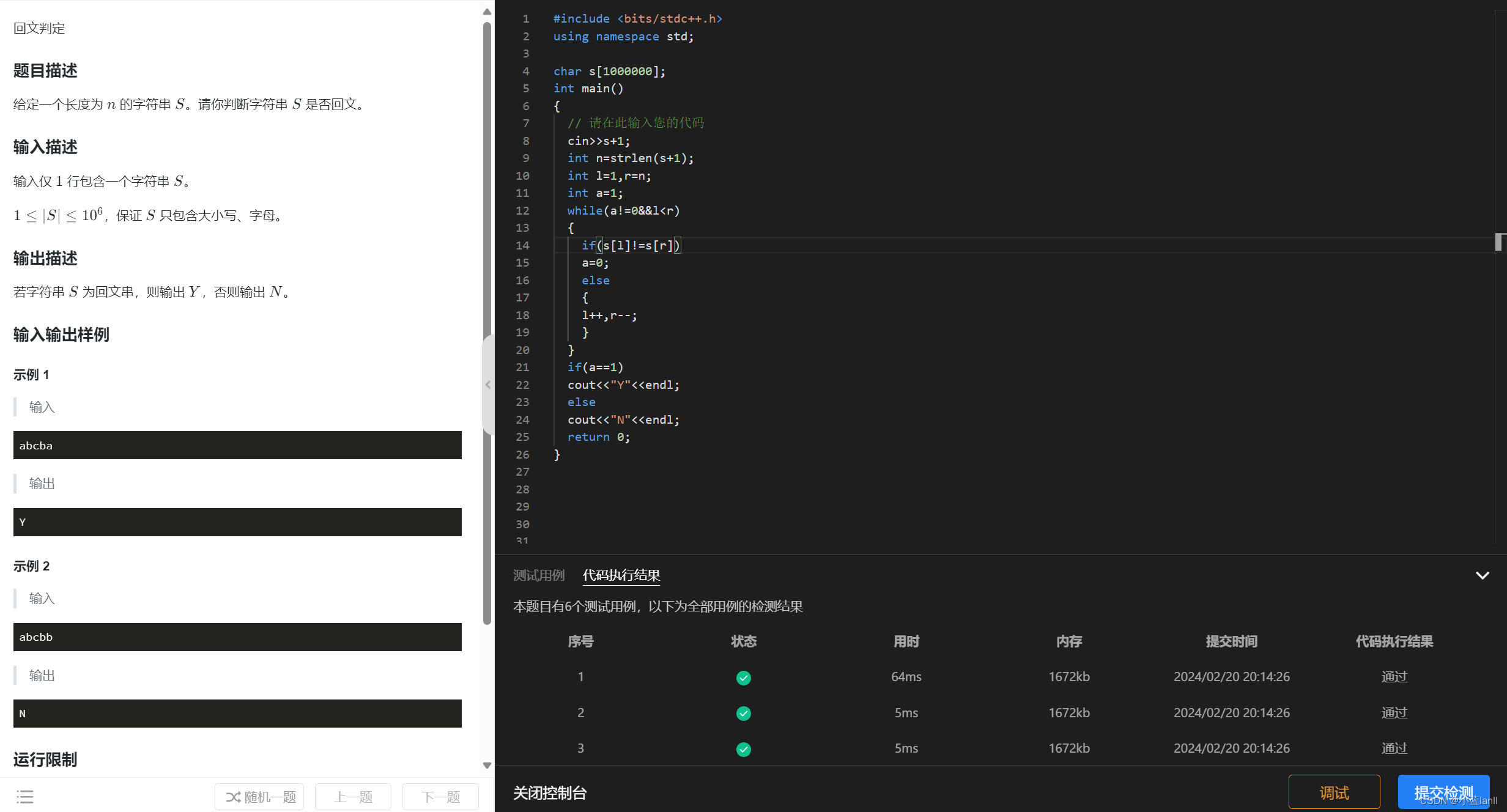
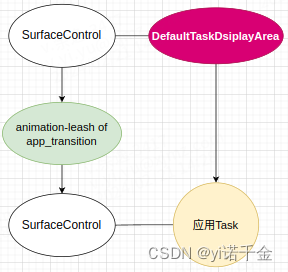
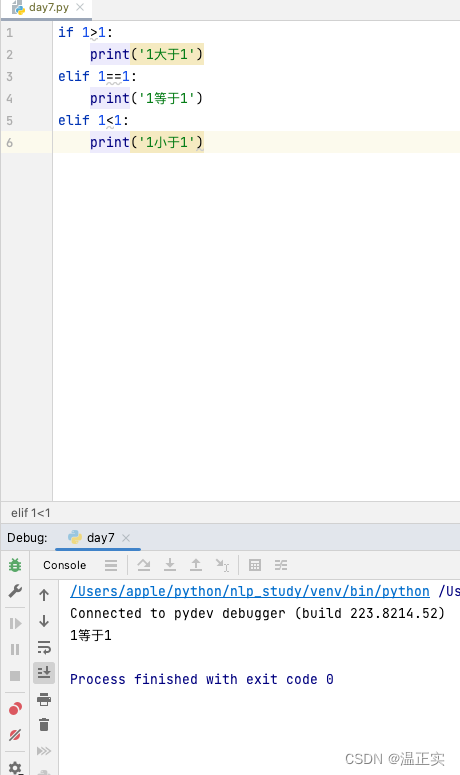




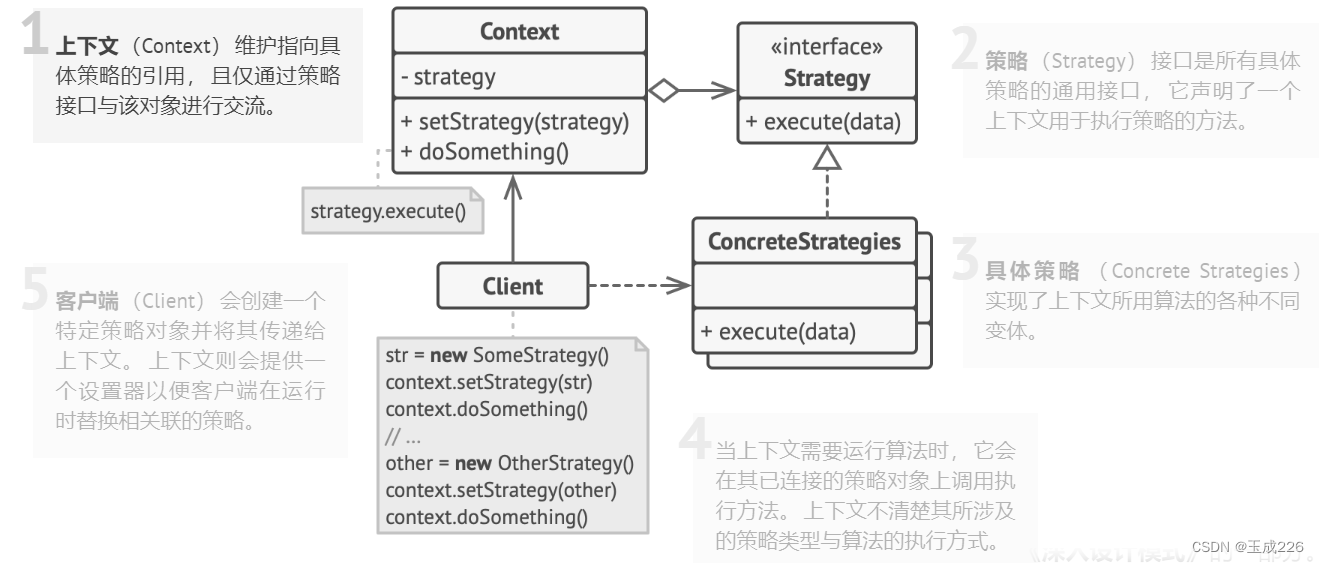
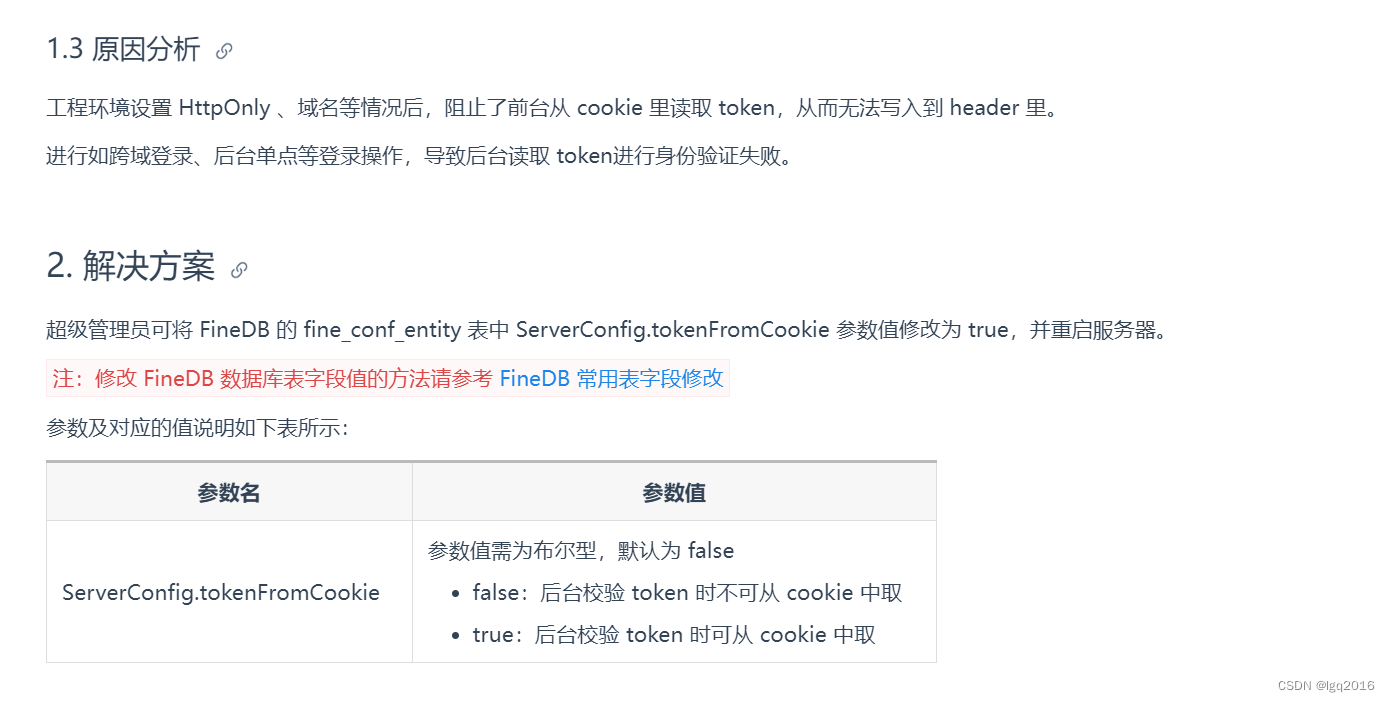


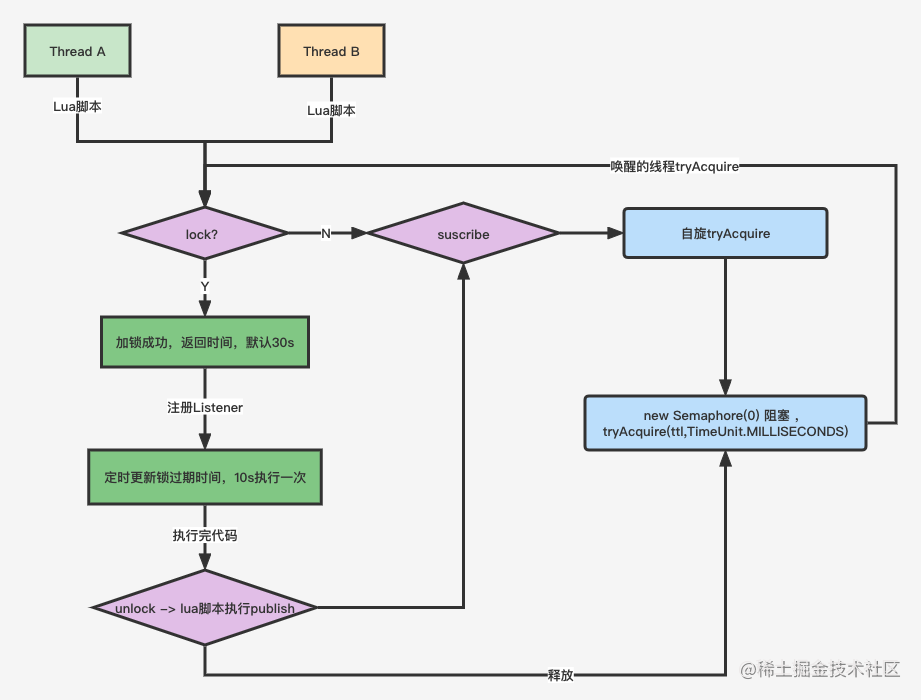



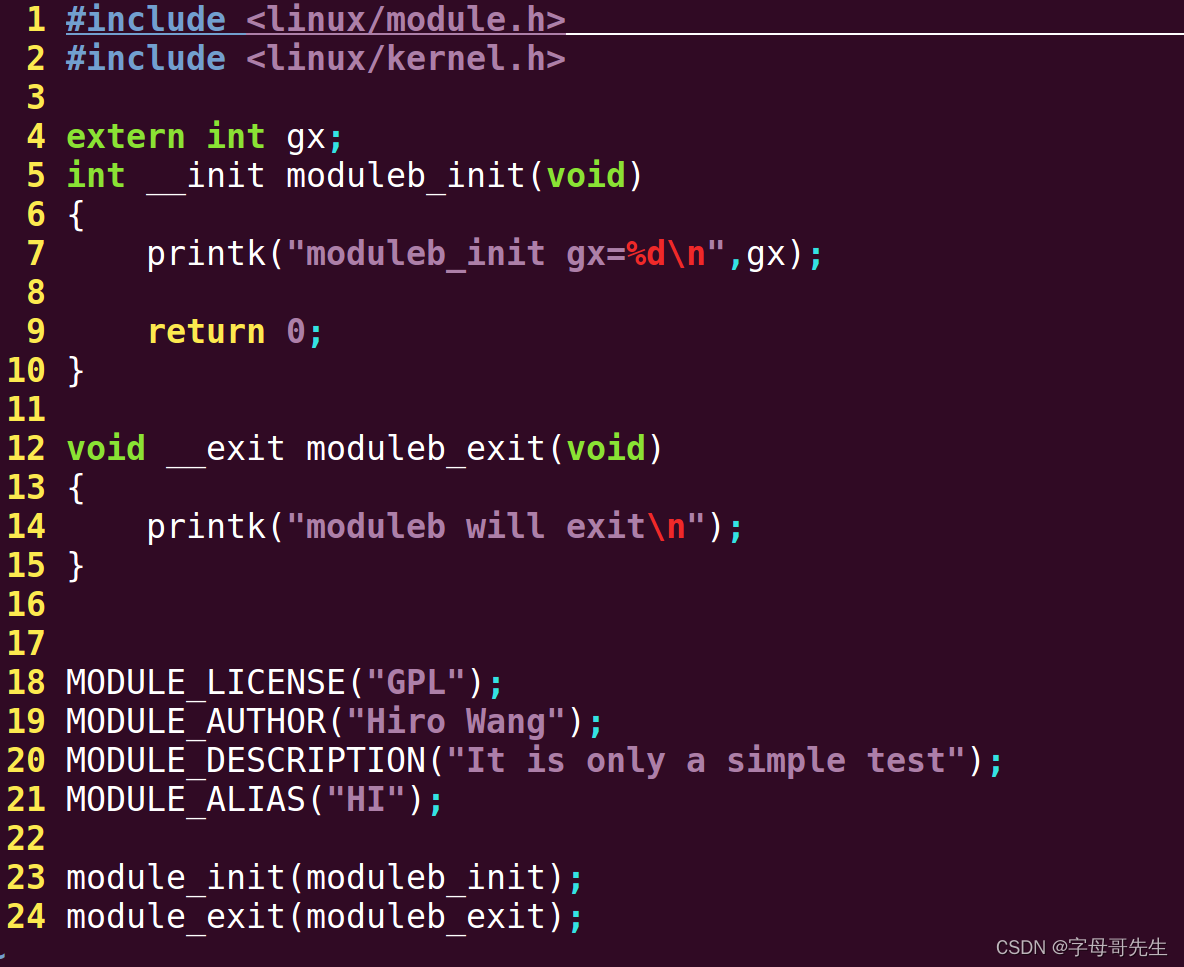
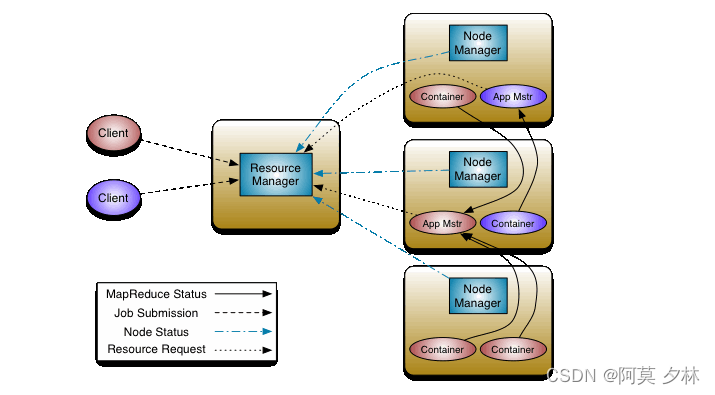
![基于51单片机的智能监护与健康检测[proteus仿真]](https://img-blog.csdnimg.cn/direct/60d7f9d236c7413ab0e32ce0e2eddae8.png)
